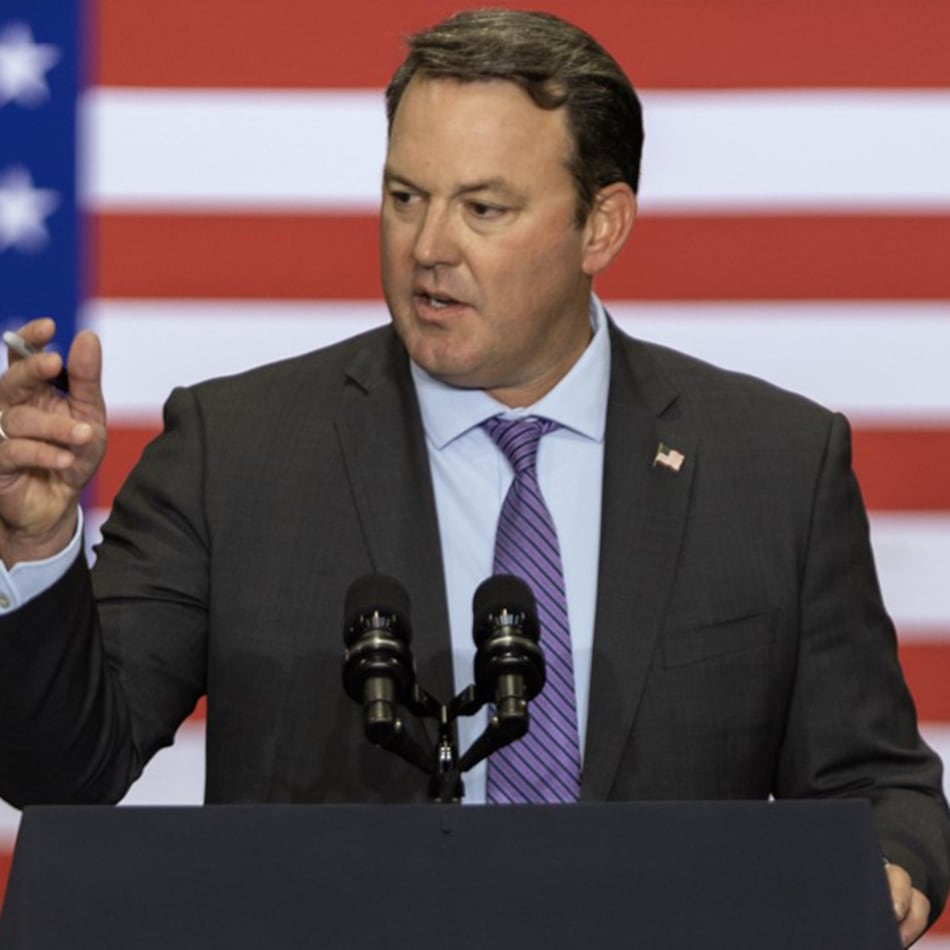Since 1962, a program started by the Department of the Interior has been working to help protect some of America’s most extraordinary natural heritage sites — places that contain outstanding biological and geological resources.
Today, more than 600 locations across the United States — including 11 in Georgia — have been designated as National Natural Landmarks by the interior secretary. Several of the sites are on public lands; others are privately owned.
Here’s a list of Georgia’s designated National Natural Landmarks:
• Okefenokee Swamp (Charlton, Clinch, Ware counties). World-famous, primitive wetland.
• Panola Mountain (Rockdale County). The most natural and undisturbed monadnock of exposed granitic rock in Georgia’s Piedmont.
• Big Hammock Natural Area (Tattnall County). Relatively undisturbed broadleaf evergreen hammock forest; harbors the rare Georgia plume, a showy flowering shrub, and other rare plants and animals.
• Ebenezer Creek (Effingham County). Outstanding example of hauntingly beautiful cypress-gum swamp.
• Lewis Island Tract (McIntosh County). One of Georgia’s most extensive bottomland hardwood swamps.
• Wassaw Island (Chatham County). Only Georgia barrier island with an undisturbed forest cover.
Privately owned landmarks:
• Marshall Forest (Floyd County). One of the few remaining old-growth forests in northwest Georgia.
• Cason J. Calloway Memorial Forest (Harris County). Outstanding example of transition between eastern deciduous forest and southern coniferous forest.
• Wade Tract Preserve (Thomas County). A 200-acre virgin longleaf pine forest; best example of once great forest that covered bottom half of Georgia.
• Camp. E. F. Boyd Natural Area (Emanuel County). One of the best representatives of upland sand ridge ecosystem of Coastal Plain.
• Heggie’s Rock (Columbia County). Best example in eastern North America of native flora of granite outcrops.
IN THE SKY: From David Dundee, Tellus Science Museum astronomer: The moon will be full on Monday — the Trading Moon as the Cherokee people called it. Mercury is low in the west just after sunset. Venus rises in the east a few hours before sunrise. Jupiter rises in the east at sunset. Saturn is in the south just after dark.
Charles Seabrook can be reached at charles.seabrook@yahoo.com.
About the Author
The Latest
Featured


